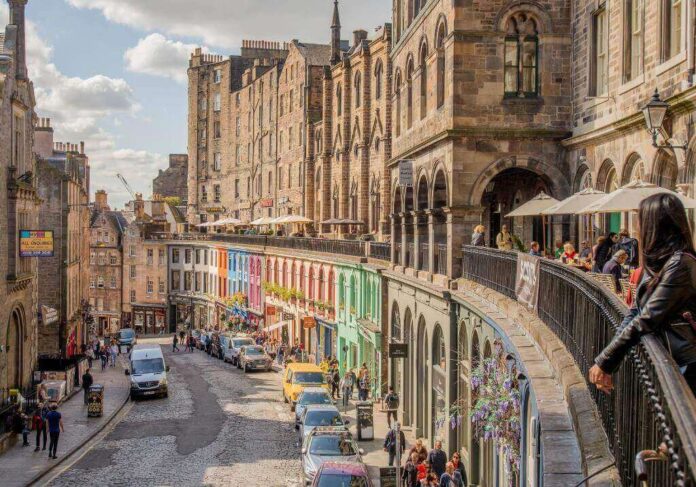Almost all visitors to Edinburgh have undoubtedly stopped by the Royal Mile. The city centre is traversed by this lengthy network of streets that stretches from Edinburgh Castle to Holyrood Palace, and it is essentially difficult to avoid. Although this is an ancient Scots mile, which is a little bit longer than the mile you’re used to, it does actually run the full mile. Without further ado, here are 10 facts about Edinburgh’s Royal Mile that you probably didn’t know.
1. In a sense, a volcano is on top of The Royal Mile.
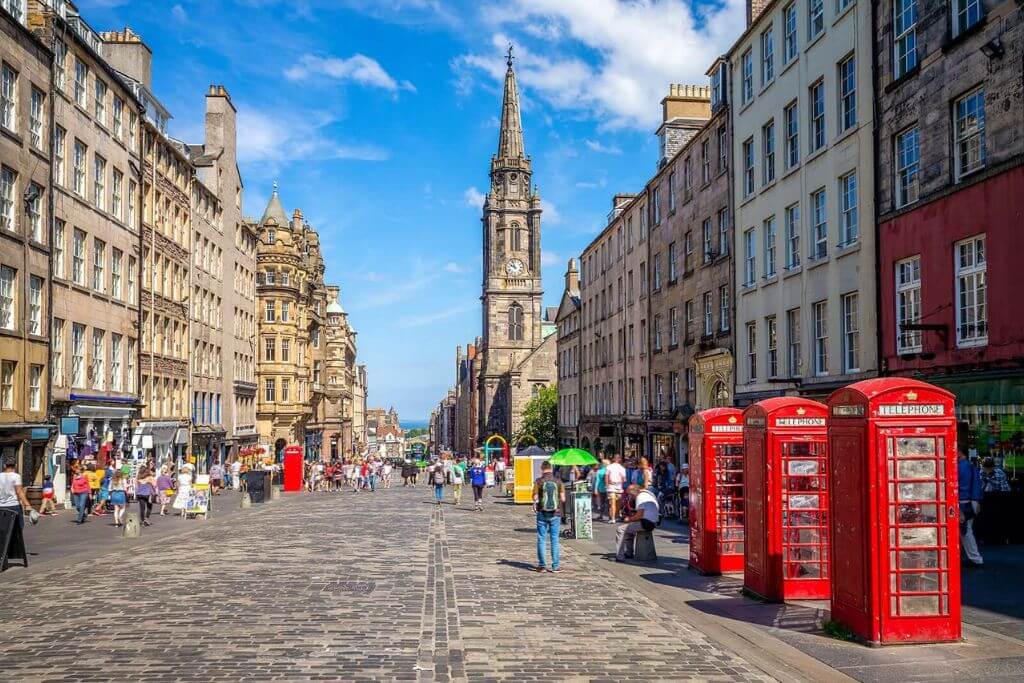
Edinburgh Castle is located on a rocky hillside that was once a volcano. A volcanic plug, at least.
It’s just the thing that happens when the magma inside a volcano begins to harden and ‘plugs’ the volcano. Therefore, it is exactly as it sounds.
Some of the ground was eroded when a glacier traversed the region. But a glacier can’t obliterate volcanic rock because it is so hard. It gets left behind as softer material is destroyed, leaving a protruding rocky portion.
The Royal Mile, which slopes from the castle to the palace, was formerly that sticky-out area.
2. St. Giles’ Cathedral was just recently recognized as a cathedral—in a cynical effort to draw more visitors.
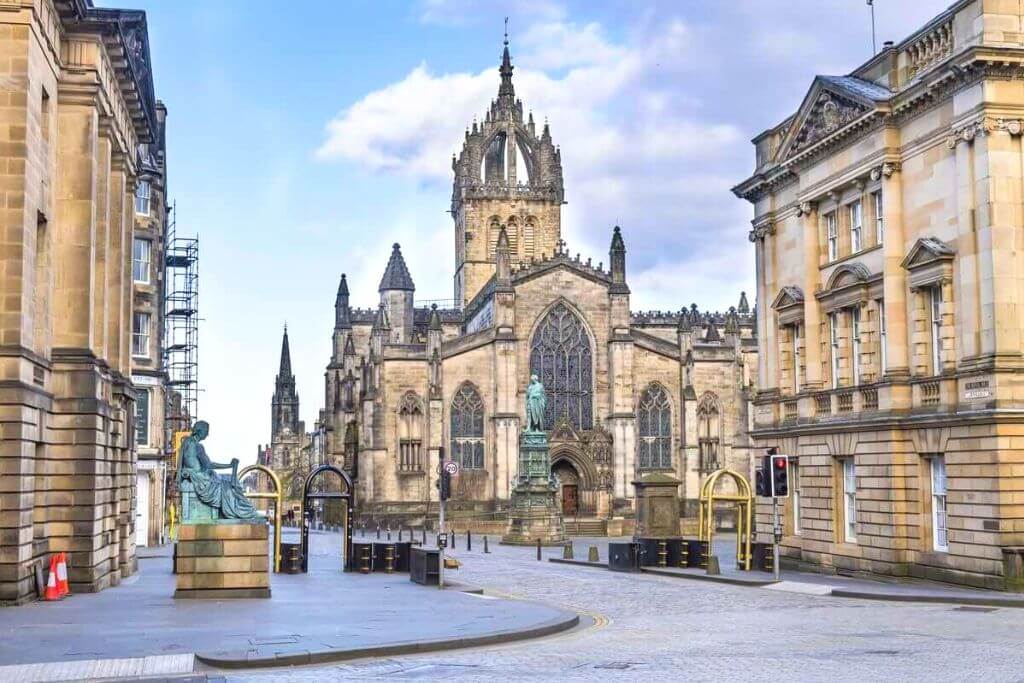
You might assume that something’s status as a cathedral signifies that it has been significant for many years, is incredibly beautiful, and is unquestionably something you should see if you’re in the area. (Or not; this is only a suggestion.
They actually want you to think that when you think of the cathedrals in Edinburgh. In an egregious attempt to draw in more visitors, St. Giles’ Cathedral was just recently referred to as a “cathedral.”
In the 1600s, it served as a cathedral for only approximately 30 years, but other than that, it isn’t truly a cathedral at all. The High Kirk of Edinburgh would be the correct designation (‘kirk’ is a Scottish phonetic pronunciation of ‘church’).
Its full name is St. Giles’ Cathedral High Kirk of Edinburgh, to be accommodative.
3. Those adorable, winding “closes,” which branch off the Royal Mile, used to be some of the dirtiest streets in the city.
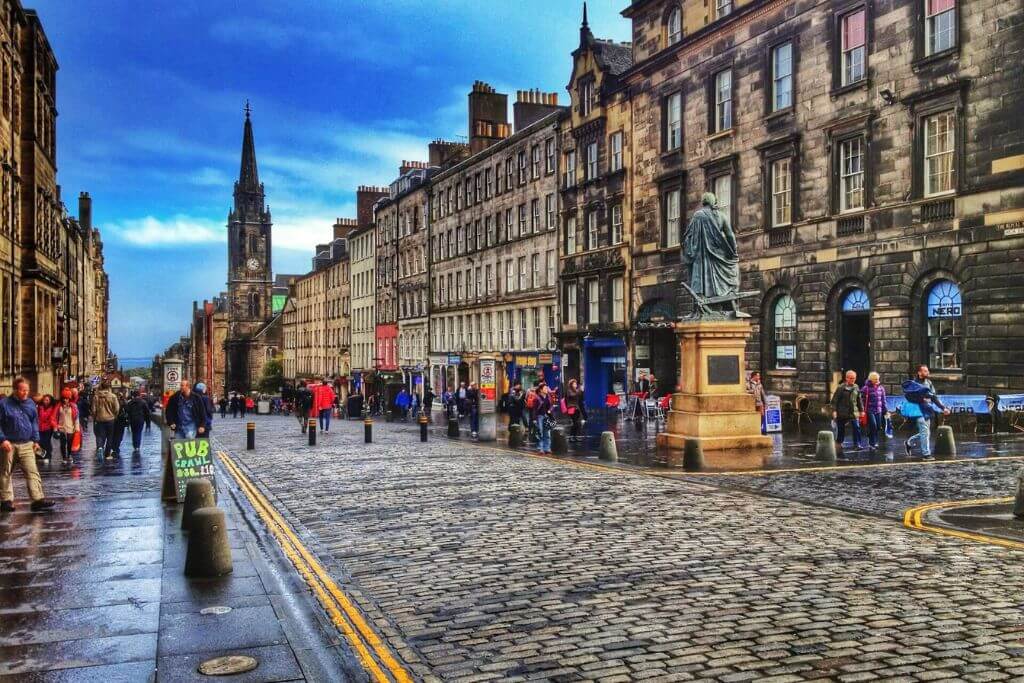
Yes, those charming streets that tourists now adore in Edinburgh were once places you most definitely did not want to tread. That’s because everyone who lived there would empty buckets of trash from their homes onto the street below.
If you were a pedestrian, you might have had the unfortunate experience of having a toilet’s contents spill onto your head while you were out for a walk and already ankle-deep in sewage.
4. Speaking of adorable locations that aren’t quite what they seem to be, the charming tavern Deacon Brodie’s is named after the real-life model for the Jekyll and Hyde character.
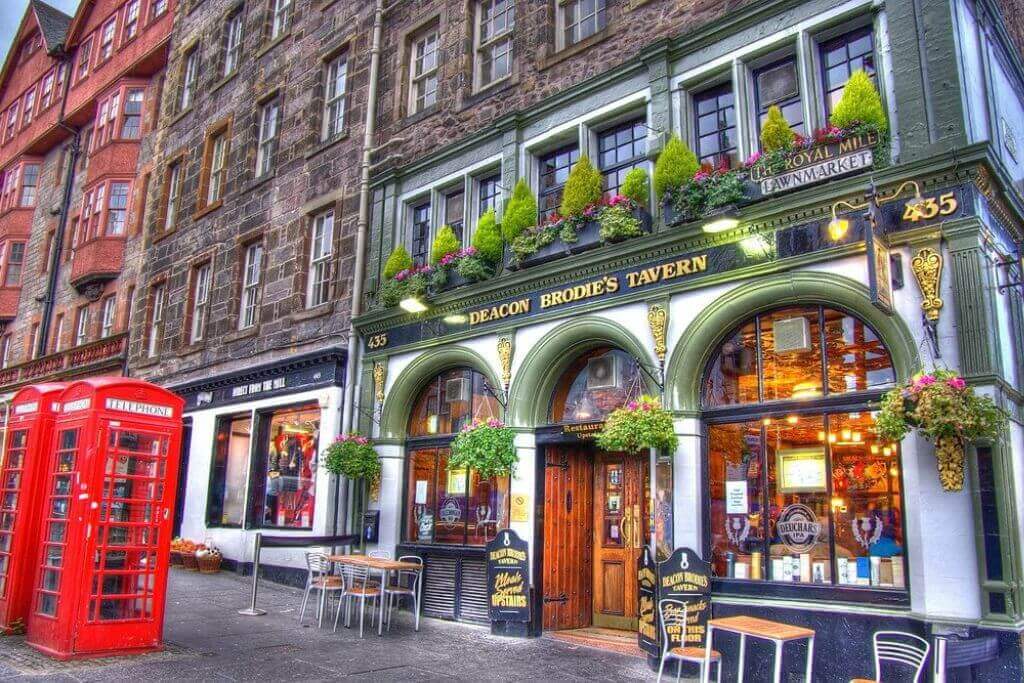
This bar has four qualities that make it tempting to tourists who want to take pictures: It has a very cool pub sign, is starkly black and white, has a lot of colourful flowers hanging from the walls, and has three extra-British red telephone boxes outside.
Despite its attractive exterior, it is named for one of Edinburgh’s most notorious figures. William Brodie served as the engineering guild’s deacon. He was a respectable individual by day, but at night he revealed his wild side and drank, gambled, and had a large number of mistresses.
Brodie devised a cunning plan to break into wealthy people’s homes while they were gone, which required copying their keys. Ten months went by before he was discovered and hung.
His offices were previously located where the pub is now.
5. On a specific section of the Royal Mile, it is acceptable to spit.
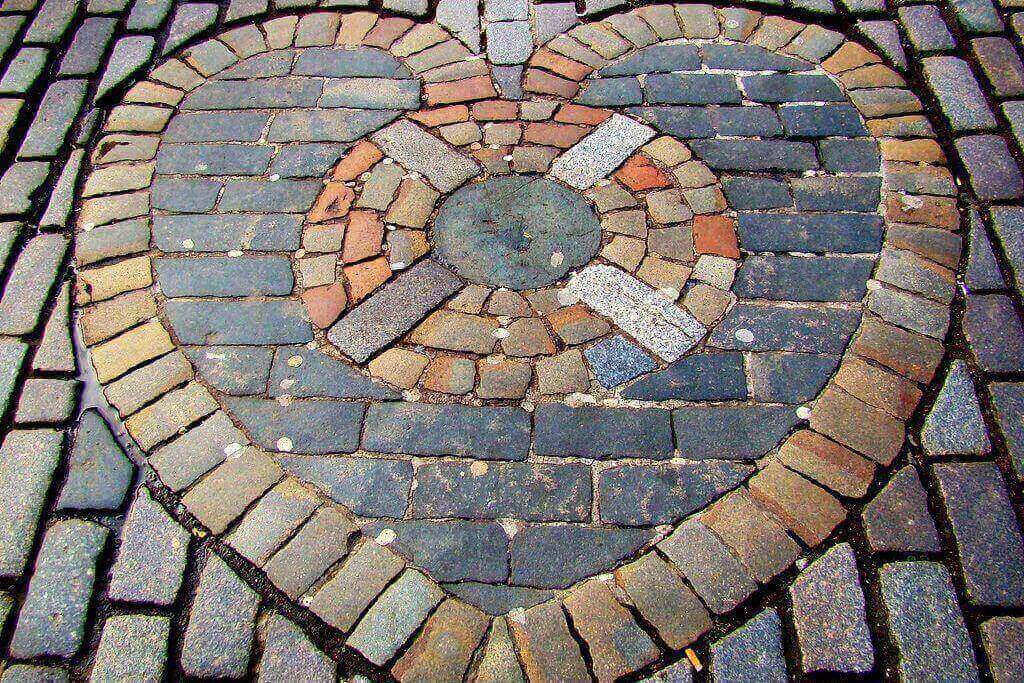
You could spot a heart carved into the cobblestones as you ascend the Royal Mile. You may say, “Ooh, how cute,” but “What a shame someone spit all over it.”
The Old Tolbooth from the fifteenth century was located at this location, which is known as the Heart of Midlothian. This area once served as the administrative hub, a prison, and a location for public executions.
Criminals would make sure to leave their mark on the location by spitting on the door as soon as they were freed from prison.
People spit on it nowadays for good luck, and doing so won’t get you into problems with the law. (Although you might in other parts of the city if they catch you).
6. You might be able to spot a statue of a horse that looks like it’s urinating if you’re lucky.
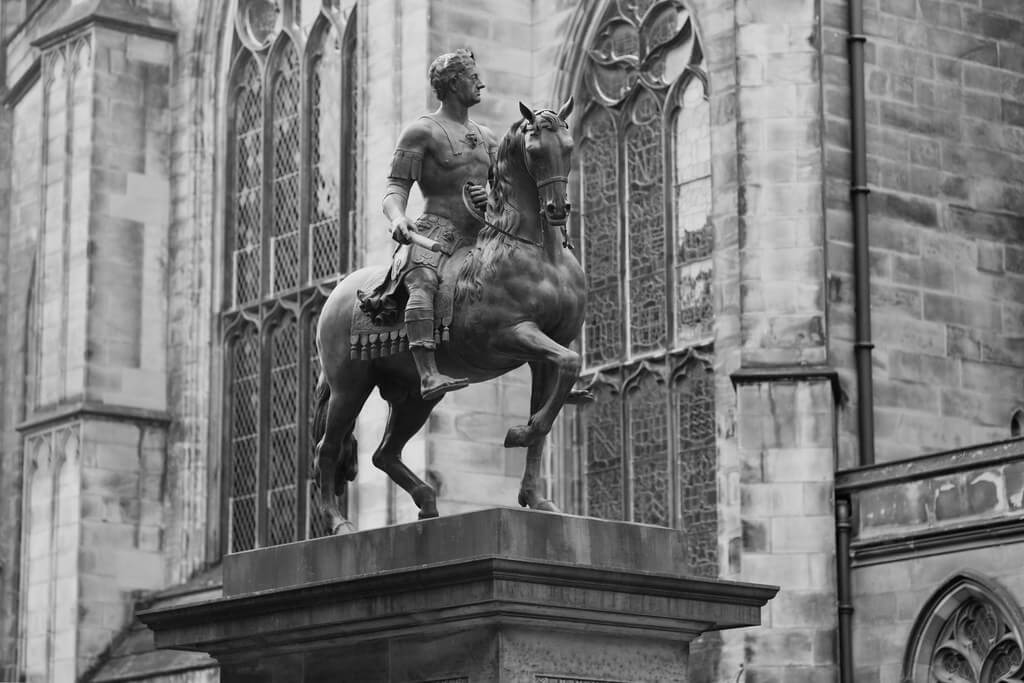
The design of Parliament Square is in the majestic Romanesque style. The largest statue at this location is a 17th-century sculpture of Charles II on a horse that was modelled after Marcus Aurelius. It must be stated that this horse was rather overweight.
This is so that water won’t leak out of the statue since the horse’s belly acts as a vacuum. There is a flaw in it, and it doesn’t always work. If you’re lucky, the horse will appear to be urinating after a particularly heavy downpour.
Naturally, affluent individuals like the Women’s Guild have complained throughout the years, but the official response is that since this is a royal statue, they won’t be touching it.
7. The phrase “get off scot-free” originated from a schoolboy shooting incident on the Royal Mile.
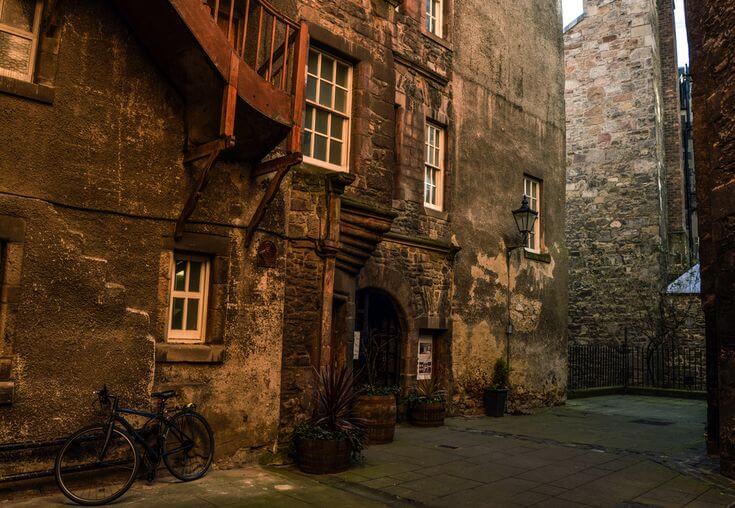
Off the Royal Mile, Riddle’s Court comprises of an inner and an exterior courtyard. These areas were in great demand since they offered far nicer living conditions than the cramped confines. Schoolboys made up a portion of the fortunate locals.
There was a public holiday one day. Everyone received a day off from work, with the exception of the schoolboys, who were understandably a little miffed by this news.
They locked themselves in their rooms and stood their ground, refusing to leave. The militia was called in because things had gotten out of control. One of the students fired a rifle out the window as they drew near, killing a soldier.
But because he was a lord’s nephew and not just any schoolboy, it was kept a secret.
Unfortunately for them, when the London press learned of the situation, they published an exposé claiming that, in Scotland, murderers might escape punishment and get off “Scot-free”.
8. On the Royal Mile, beneath a parking lot, is the grave of one of Scotland’s greatest thinkers.
Archaeologists occasionally unearth a well-known body buried deep beneath a metropolis in a parking lot or random street. Additionally, they frequently stop what they are doing to dig up the body.
In Edinburgh, no. John Knox, a well-known Scottish reformer, is interred directly beneath parking space #23 in Parliament Square. There is a tiny gold plaque to mark the occasion.
It comes as no surprise that an automobile frequently blocks this space. In order to explain what is outside the parking area, which is visible even while a car is parked there, a second plaque has been installed.
9. The bottom portion of the Royal Mile was once regarded as the World’s End due to its extreme danger.
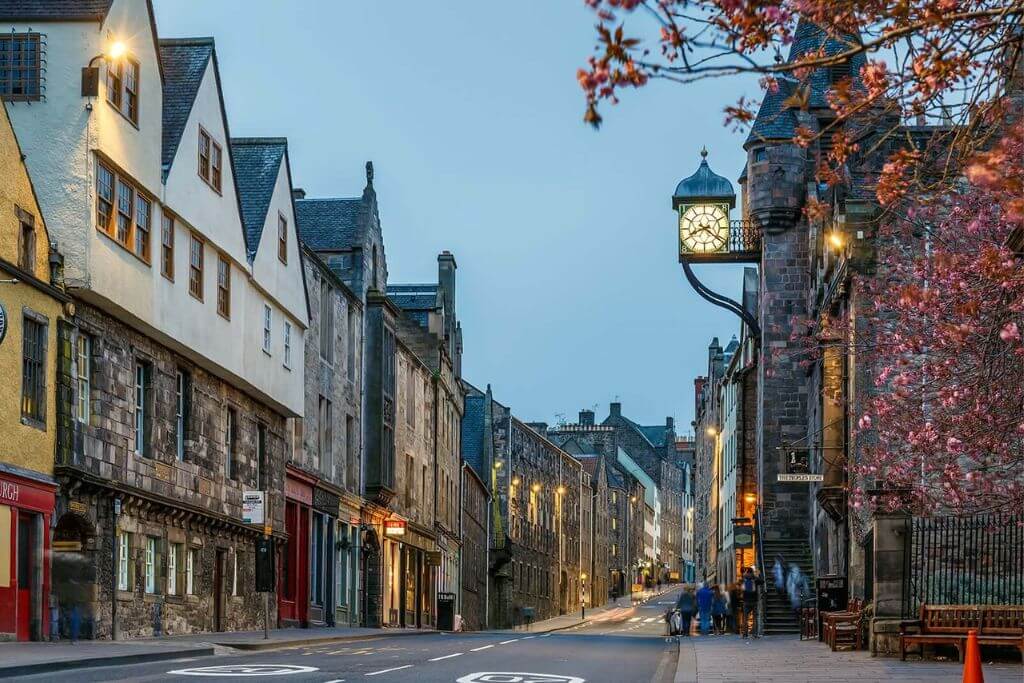
You’ll start moving toward what was formerly thought to as the World’s End as you descend the Royal Mile.
This was the neighbourhood beyond the city wall, also known as Flodden’s Wall, which was a haven for thieves and other undesirable characters that you didn’t want to run into at night.
On the other side of this dubious neighbourhood sat the Holyrood Palace. But they didn’t construct the palace there on purpose, as we could naively say today—Holyrood was abandoned for a considerable amount of time beginning in the early 16th century.
When you see World’s End Close and the navy blue bar called The World’s End today, you’ll know you’re in the correct location. Subtle.
10. Despite William Wallace, a.k.a. Braveheart, most likely never visited Edinburgh, there is a statue of him near the entrance of Edinburgh Castle.
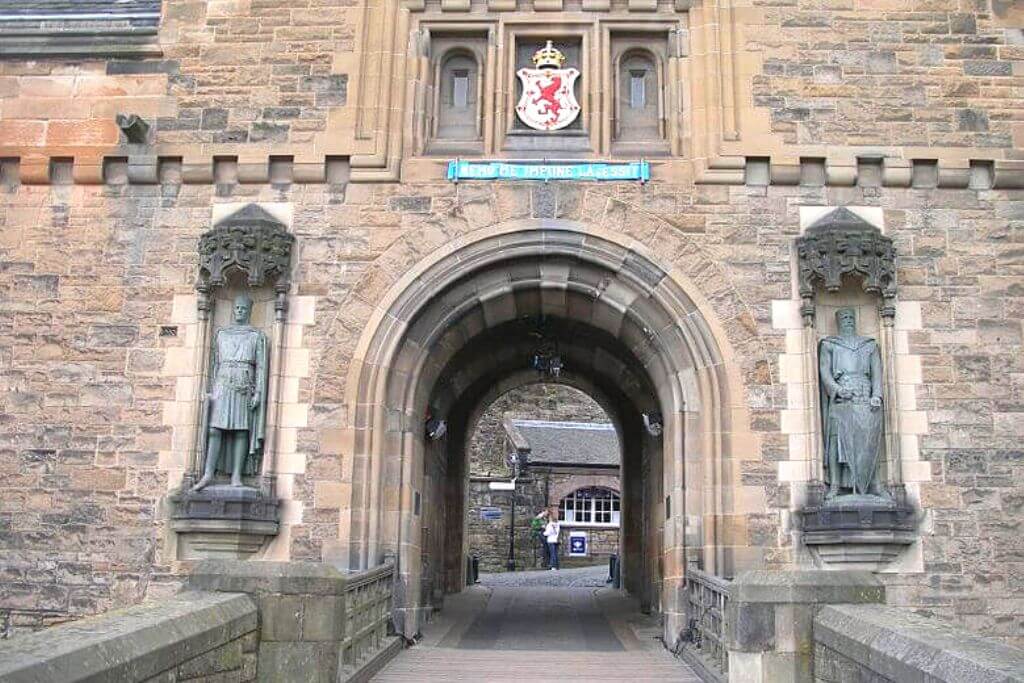
The entryway to Edinburgh Castle was redesigned by the Victorians on their own initiative. They added sculptures of William Wallace and Robert the Bruce because they were huge statue aficionados.
Even though William Wallace had probably never visited Edinburgh in his entire life, it didn’t seem to matter to them. When there are gleaming sculptures, who needs history?
